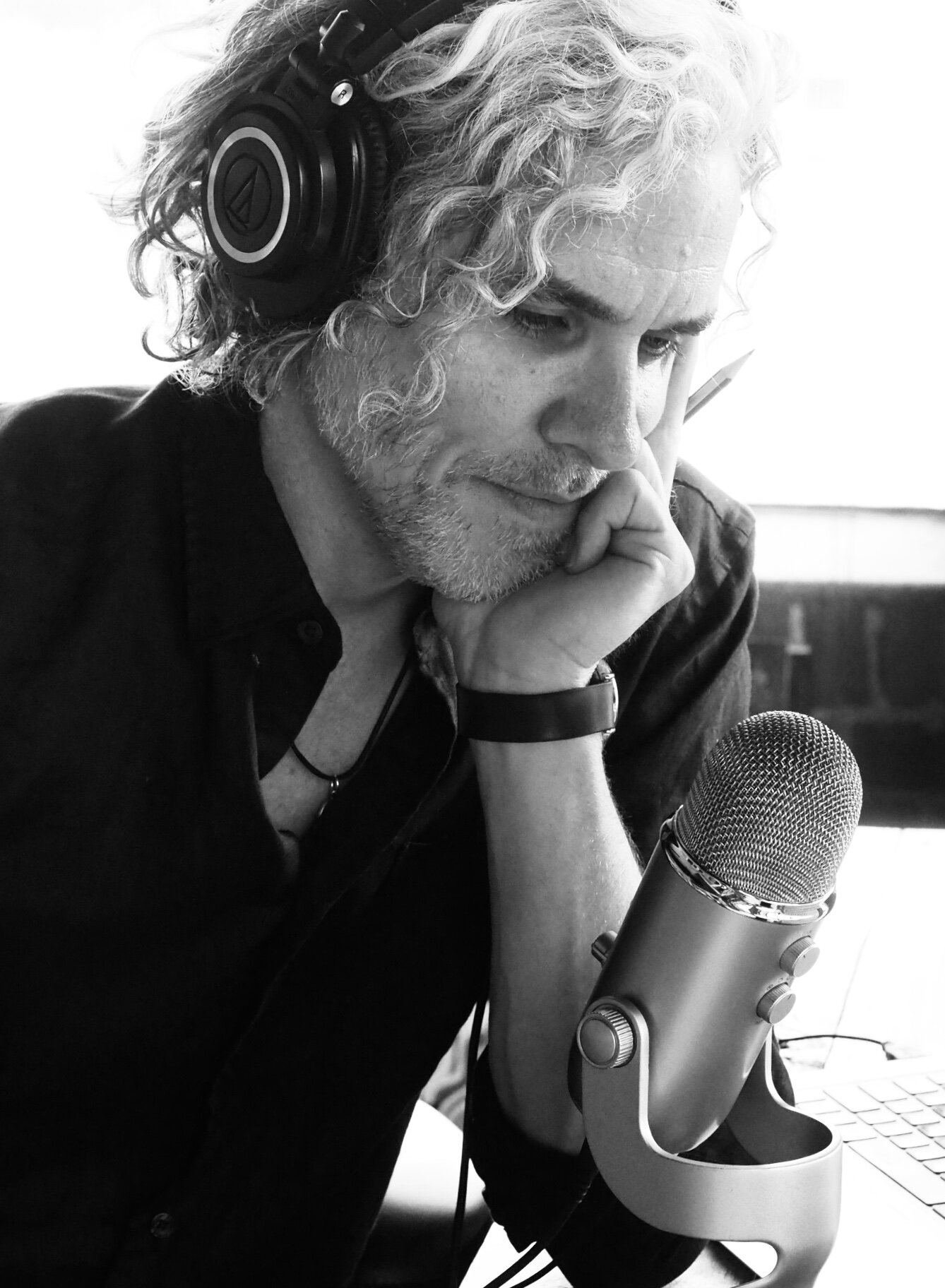The Tapestry app, a micro-storytelling app inspired by Robin Sloan's Fish: a tap essay, takes flash fiction to extremes, inventing a new genre of media, the "tappable story". A tappable story is a narrative you must experience to fully appreciate. The story, carried along by your will and index finger (or mouse), represents a trenchant evolution in concise, creative communication.
But is the Tapestry App truly art?
Milton Glasser, renowned designer, in his documentary To Inform & Delight:
“The truth is that I have been looking for a definition of what art is all my life without fully understanding exactly what it encompasses, but, in the course of doing a speech, I looked up several references to what art was and I found one by Horace who was a critic and poet back in roman times 1st century or so and he had this great, great line he said “the purpose of art is to inform and delight” and I thought, wow, it can’t get much better than that.”
Tapestry embodies Horace's definition as an injunction. By design, it carries a propulsive energy, encouraging the user to inform and/or delight.
A few months ago, I wrote a pantoum in memory of my son Daniel who died of cancer when he was three. After a friend showed me the Tapestry app, I knew it was the perfect platform for a pantoum despite the fact that a pantoum doesn't necessarily run linear; the narrative flows, not in a straight line, but backtracking forward (if you will). A pantoum is a poem that purposefully repeats (select) previous stanzas making it a "perfect form for the evocation of a past time.” [1] Maria Hummel wrote a very moving pantoum entitled "Station" and perhaps the most notable pantoum is Baudelaire's Evening Harmony, a poem I discovered after I wrote mine but with some subtle similarities ("draws from the shining past what dreams remain"). A pantoum carries a haunting refrain and like most poems, it is a one-to-one conversation, a very personal medium.
Poetry purists will be dismayed by what an app like Tapestry does to the structure of a poem but I think the app enhances the effect. At the risk of sounding hyperbolic, I'll even go as far as suggesting that the app is capable of engendering high art. N. Scott Momaday, (quoting Alastair Reid) once wrote:
"... literature at its highest point generates awe, the disquieting astonishment that arises from a poem, a deep image, a crucial paragraph, what he calls either asombro or sagrada horror, "holy dread" ... this awe and disquieting astonishment, is at the heart of the oral tradition." - Man Made of Words, N. Scott Momaday
"Disquieting astonishment" in a "crucial paragraph" is possible with Tapestry because it shuts out the noise and creates intimacy between artist and audience, causing both to "lean in" to the work, defying the myriad of impulses that drive to distraction. Creative artists will find in it a tool pliable enough to make it "yield to its aesthetic possibilities" (a phrase borrowed from poet, Jim Harrison) and unlike much of the content that is being produced on the web, will cause many to return, for as Robin Sloan stated, "to love is to return".

